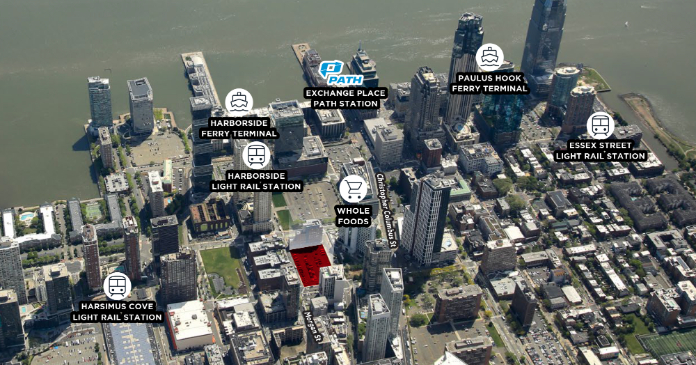The Biden administration recently announced a new component of its war on junk fees, curbing rental fees that officials assert are exacerbating housing affordability challenges.
The White House plans to focus on repeated rental application fees, surprise “convenience fees,” and other hidden charges.
In addition to federal initiatives, rental housing platforms, such as Apartments.com and Zillow, will provide consumers full transparency, including upfront cost information. Plus, state governments will take legislative action to clamp down on rental housing fees.
The Senate Banking Committee’s Subcommittee on Financial Institutions and Consumer Protection hosted a hearing on junk fees, including in the rental housing market, in July.
During the hearing, Lindsey Siegel, a director of housing advocacy at the Atlanta Legal Aid Society, testified that a single mother found an online listing for an apartment in 2020 going for $1,400 per month. While the advertisement didn’t outline any monthly fees, the applicant spent $525 in additional charges, including a $300 screening fee, a $175 moving fee, and a $50 application fee. The landlord charged another $200 approval fee.
According to Siegel, the prospective tenant received and signed a copy of a 50-page lease that contained several other fees, such as pest control, trash removal, and a package locker, that added $83 to her monthly rent.
The challenge for renters is that they need to pay these application fees several times before finding a unit to rent, according to Siegel. Lawmakers also heard that these fees often exceed the cost of running reports such as credit checks.
Sen. Raphael Warnock (D-Ga.) called these fees “a drag on the American economy.”
“And business school economists call this ‘rent-seeking,’” said Warnock, who chaired the hearing.
In economics, rent-seeking is a term that explains attempts by an individual or company to build wealth without any productive contribution to the economy and manipulate the political or social climate.
Inflation drivers
Sen. Thom Tillis (R-N.C.), the ranking Republican member on the subcommittee, questioned the administration’s motives behind these public policy pursuits to clamp down on junk fees.
“It’s interesting that these fees, most of which had long been present in the economy, were suddenly identified as the drivers of surging inflation, though nearly $2 trillion President Biden opted to pump in the U.S. economy,” Tillis stated at the hearing.
Rent.com data show that the median price of rent has soared by about 25 percent, surging to $2,029 in June from $1,641 in January 2021. According to the Bureau of Labor Statistics, the rent of shelter sub-category rose by 7.9 percent year-over-year and 0.4 percent month-over-month in June.
A record number of U.S. renter households—21.6 million—were spending 30 percent or more of their income on housing in 2021, a recent Harvard Joint Center for Housing Studies analysis found earlier this year.
Peyton Whitney, a research assistant at the Joint Center for Housing Studies, spoke on the importance of rental assistance and income-support programs. But Whitney also suggested the “clear need for strategies to increase the existing housing supply, which would keep housing costs in check and ultimately benefit households at all income levels.”
The competition for rental units has intensified amid low housing inventories among homebuyers, according to a June report by the National Association of Realtors and realtor.com.
“Ongoing high housing costs and the scarcity of available homes continue to present budget challenges for many prospective buyers, and it’s likely keeping some buyers in the rental market or on the sidelines and delaying their purchase until conditions improve,” realtor.com Chief Economist Danielle Hale said in a statement.
Earlier this year, Moody’s Analytics reported that the national average rent-to-income ratio hit 30 percent for the first time in its 20-year tracking history.
“Rising mortgage rates caused many households to be priced out from home buying and would-be buyers to remain renters,” Moody’s analysts wrote. “Apartment demand surged as a result and drove rates sky high. As the disparity between rent growth and income growth widens, Americans’ wallets feel financial distress as wage growth trails rent growth.”
Experts have also partially blamed the Federal Reserve for the housing situation.
Lisa Sturtevant, chief economist at Bright MLS, noted in a recent report that the central bank’s actions on interest rates—slashing them to nearly zero in 2020 and then raising rates so quickly—resulted in limited supply by locking homeowners into homes that wouldn’t be listed for sale.
Freddie Mac data show that the average 30-year mortgage rate climbed to a post-crisis high of 7.08 percent in November 2022 from a COVID-19 pandemic low of 3.29 percent.
Learn more
Policy Development and Research
Excerpt Andrew Moran, The Epoch times















